The following Organic & Biomolecular Chemistry articles have all been recommened by the reviewers of the articles as being particularly interesting or particularly significant research. These have all been made free to access until 16th March 2015. The order they appear in the list holds no special meaning or ranking.
E. coli cells expressing the Baeyer–Villiger monooxygenase ‘MO14’ (ro03437) from Rhodococcus jostii RHA1 catalyse the gram-scale resolution of a bicyclic ketone in a fermentor
Benjamin D. Summers, Muhiadin Omar, Thomas O. Ronson, Jared Cartwright, Michael Lloyd and Gideon Grogan
DOI: 10.1039/C4OB01441C, Paper
From themed collection In Celebration of Richard Taylor’s 65th Birthday

Synthesis of unsaturated phosphatidylinositol 4-phosphates and the effects of substrate unsaturation on SopB phosphatase activity
Samuel Furse, LokHang Mak, Edward W. Tate, Richard H. Templer, Oscar Ces, Rüdiger Woscholski and Piers R. J. Gaffney
DOI: 10.1039/C4OB02258K, Paper

A microwave-assisted multicomponent synthesis of substituted 3,4-dihydroquinazolinones
Marc Y. Stevens, Krzysztof Wieckowski, Peng Wu, Rajiv T. Sawant and Luke R. Odell
DOI: 10.1039/C4OB02417F, Paper

Near-instant surface-selective fluorogenic protein quantification using sulfonated triarylmethane dyes and fluorogen activating proteins
Qi Yan, Brigitte F. Schmidt, Lydia A. Perkins, Matharishwan Naganbabu, Saumya Saurabh, Susan K. Andreko and Marcel P. Bruchez
DOI: 10.1039/C4OB02309A, Paper

Bacterial patterning controlled by light exposure
Willem A. Velema, Jan Pieter van der Berg, Wiktor Szymanski, Arnold J. M. Driessen and Ben L. Feringa
DOI: 10.1039/C4OB02483D, Communication

Exploring the scope of the isothiourea-mediated synthesis of dihydropyridinones
Pei-Pei Yeh, David S. B. Daniels, Charlene Fallan, Eoin Gould, Carmen Simal, James E. Taylor, Alexandra M. Z. Slawin and Andrew D. Smith
DOI: 10.1039/C4OB02408G, Paper

Energy transfer between amphiphilic porphyrin polymer shells and upconverting nanoparticle cores in water-dispersible nano-assemblies
T. Wu, S. Kaur and N. R. Branda
DOI: 10.1039/C4OB02401J, Paper

Copper-catalyzed oxidative alkenylation of thioethers via Csp3–H functionalization
Hao Cao, Dong Liu, Chao Liu, Xinquan Hu and Aiwen Lei
DOI: 10.1039/C4OB02564D, Communication

Volatiles from nineteen recently genome sequenced actinomycetes
Christian A. Citron, Lena Barra, Joachim Wink and Jeroen S. Dickschat
DOI: 10.1039/C4OB02609H, Paper

Functional chromatographic technique for natural product isolation
Eric C. Lau, Damian J. Mason, Nicole Eichhorst, Pearce Engelder, Celestina Mesa, E. M. Kithsiri Wijeratne, G. M. Kamal B. Gunaherath, A. A. Leslie Gunatilaka, James J. La Clair and Eli Chapman
DOI: 10.1039/C4OB02292K, Communication

Comments Off on HOT Organic & Biomolecular Chemistry articles




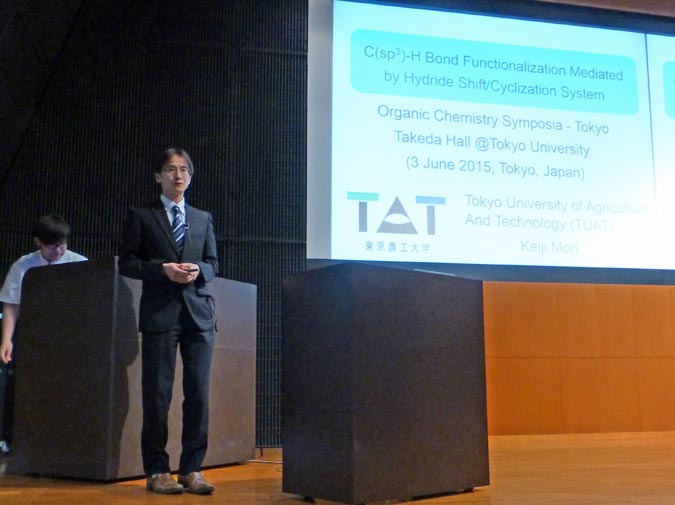
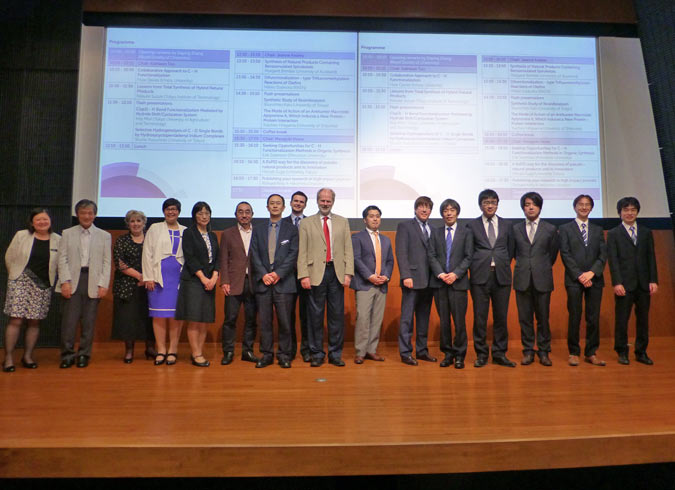










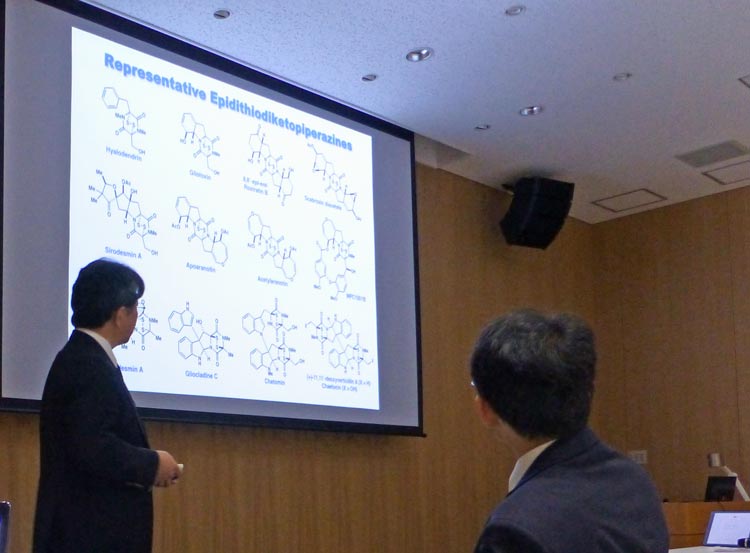








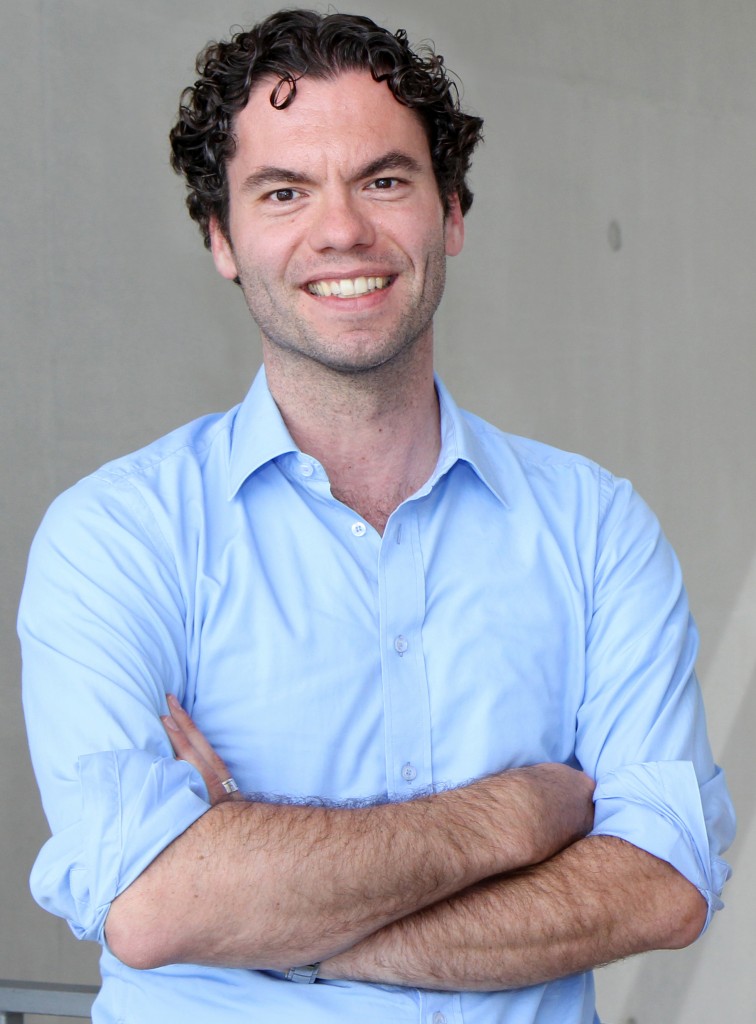
 Organic synthesis is often heralded as more art than science. An organic chemist’s eye for complexity, breaking down structures into simpler forms, is honed and nurtured over decades. But, is it possible to take this seemingly intangible skill and quantify it, putting a simple number on how complex a chemical structure actually is?
Organic synthesis is often heralded as more art than science. An organic chemist’s eye for complexity, breaking down structures into simpler forms, is honed and nurtured over decades. But, is it possible to take this seemingly intangible skill and quantify it, putting a simple number on how complex a chemical structure actually is?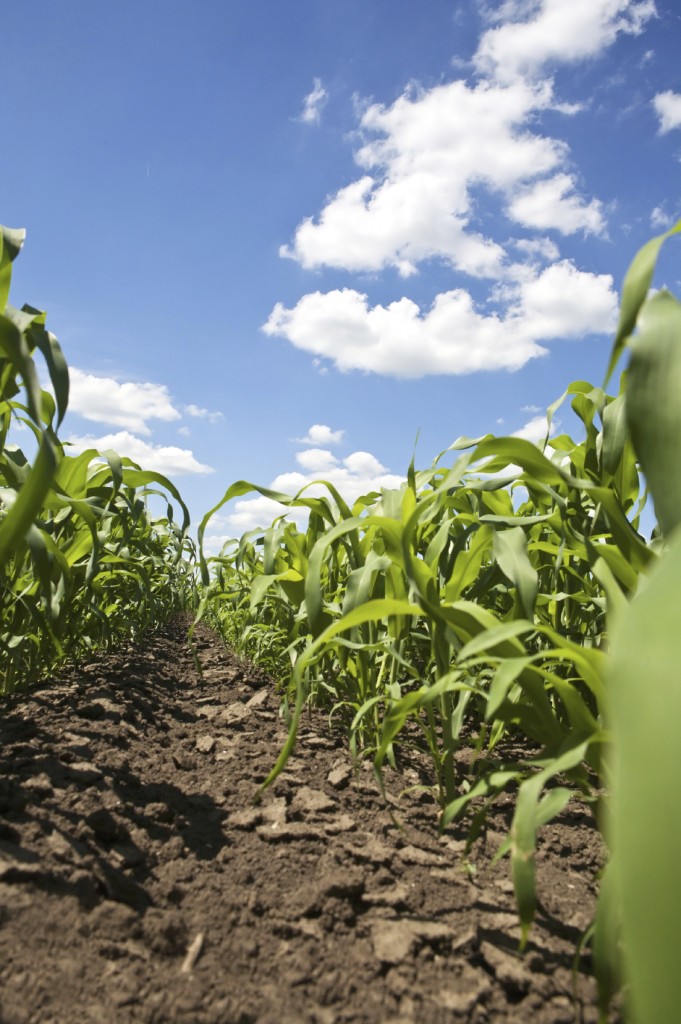








 B
B








